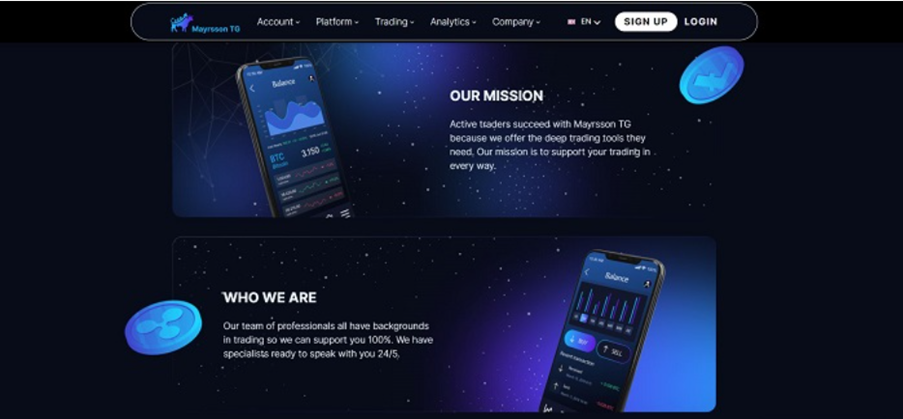In the ever-evolving landscape of healthcare, efficiency and patient satisfaction reign supreme. As a healthcare provider, juggling patient care, administrative tasks, and operational duties can be overwhelming. Enter the virtual medical receptionist – a game-changer in streamlining your practice and elevating the patient experience.
Benefits of Hiring a Virtual Medical Receptionist
- Enhanced Patient Experience – With a virtual medical receptionist, patients can schedule appointments, access information, and receive assistance outside of traditional office hours. This accessibility improves patient satisfaction and fosters a positive perception of your practice.
- Increased Efficiency – By automating repetitive tasks such as appointment scheduling and reminders, hiring a virtual medical receptionist will reduce the administrative burden on staff, allowing them to allocate their time more effectively.
- Cost Savings – Hiring a virtual medical receptionist is often more cost-effective than hiring a full-time administrative assistant. With a virtual solution, you can scale services based on demand, eliminating the need for additional staff during peak hours.
- 24/7 Availability – Unlike traditional receptionists who operate within set hours, virtual medical receptionists are available round-the-clock, accommodating patients’ needs at any time of the day or night.
- Improved Communication – Virtual medical receptionists facilitate seamless communication between patients and healthcare providers, ensuring that inquiries are addressed promptly and accurately.
Considerations Before Implementing a Virtual Medical Receptionist
While the benefits of hiring a virtual medical receptionist are undeniable, there are several factors to consider before integrating this technology into your practice:
Data Security – Ensure that the virtual medical receptionist complies with HIPAA regulations and maintains the confidentiality of patient information.
Integration with Existing Systems – Verify that the virtual medical receptionist can seamlessly integrate with your practice management software and electronic health records system.
Customization – Look for a virtual medical receptionist solution that allows for customization to align with your practice’s specific needs and workflows.
Training and Support – Evaluate the level of training and ongoing support provided by the virtual medical receptionist provider to ensure a smooth implementation process.
Scalability – Choose a virtual medical receptionist solution that can scale with your practice as it grows and evolves.
Steps to Integrate a Virtual Medical Receptionist into Your Practice
- Assess Your Practice Needs – Identify the administrative tasks that can be automated and determine the level of support required from a virtual medical receptionist.
- Research Providers – Research different virtual medical receptionist providers and compare their features, pricing, and customer reviews.
- Schedule Demos – Schedule demos with prospective providers to see their virtual medical receptionist in action and ask any questions you may have.
- Choose the Right Solution – Select a virtual medical receptionist solution that meets your practice’s needs and budgetary constraints.
- Customize Settings – Work with the provider to customize the virtual medical receptionist settings to align with your practice’s workflows and preferences.
- Train Staff – Provide training to your staff on how to effectively collaborate with the virtual medical receptionist and utilize its features.
- Monitor Performance – Continuously monitor the performance of the virtual medical receptionist and solicit feedback from staff and patients for ongoing improvements.
- Adjust as Needed – Be open to adjusting the virtual medical receptionist settings and workflows based on feedback and evolving practice needs.
Addressing Common Concerns and FAQs
Despite the numerous benefits of hiring a virtual medical receptionist, healthcare providers may still have questions or concerns about integrating this technology into their practice. Let’s address some of the most common concerns and frequently asked questions:
Will a virtual medical receptionist replace the need for human receptionists?
- While a virtual medical receptionist can handle many administrative tasks, it’s unlikely to fully replace the need for human receptionists. Instead, it complements their role by automating routine tasks and freeing up time for more complex patient interactions.
Is a virtual medical receptionist secure and compliant with healthcare regulations?
- Reputable virtual medical receptionist providers prioritize data security and compliance with regulations such as HIPAA. Before selecting a provider, ensure they have robust security measures in place to protect patient information.
How customizable is a virtual medical receptionist to suit my practice’s unique needs?
- Virtual medical receptionist solutions vary in their level of customization. Look for a provider that offers flexibility in tailoring the system to align with your practice’s workflows and preferences.
What happens if a patient requires assistance beyond the capabilities of the virtual medical receptionist?
- Virtual medical receptionists are equipped to handle a wide range of tasks, but there may be instances where human intervention is necessary. In such cases, patients can be directed to speak with a live representative or healthcare provider.
How will patients react to interacting with a virtual medical receptionist?
- Patients are becoming increasingly accustomed to interacting with technology in various aspects of their lives, including healthcare. With proper communication and support, most patients will appreciate the convenience and efficiency of a virtual medical receptionist.
What ongoing support and maintenance are provided by the virtual medical receptionist provider?
- Before committing to a virtual medical receptionist solution, inquire about the level of ongoing support and maintenance provided by the provider. This includes troubleshooting technical issues, updates to the system, and training for staff.
Conclusion
In today’s fast-paced healthcare environment, leveraging technology to streamline administrative tasks is essential for delivering high-quality patient care. By hiring a virtual medical receptionist, you can enhance efficiency, improve patient satisfaction, and free up valuable time for healthcare professionals to focus on what matters most – providing exceptional care to their patients.







